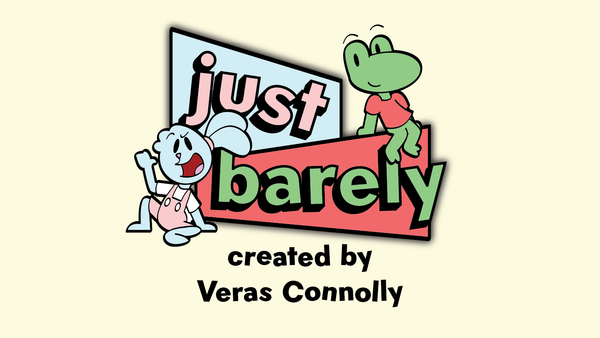Field Committee Votes to Proceed with Modified Design
Expanded wetlands forced the committee to change the design of the double turf field that was planned for Marshall Simonds

The Marshall Simonds Middle School field project will proceed with a new, modified design despite waterway hiccups.
Wetland flagging earlier this year revealed that the wetlands near the field are larger than originally thought, meaning "the original layout of the two side by side fields is going to be difficult to permit," according to Arsen Hambardzumian, a representative from Nesra Engineering, the design firm hired by the town to support work on this project.
Any work in the wetland would require permitting from the United States Army Corps of Engineers (USACE) and extend the permitting timeline and budget for the project, said Hambardzumian. The town's Conservation Department is also not required to abide by the USACE's permitting, said Committee Chair, Jeremy Brooks, at a recent School Committee meeting, if they think the work will cause disruption to the natural resource area.
A new design was proposed by Nesra at the Field Committee meeting on May 29. The updated layout features one full-size field as originally planned and a smaller, 200' by 140' U10 field that would fall outside the 20-foot "no disturb" zone, which is the area near a wetland that isn't allowed to be altered for development. Terraced in-ground seating, which was an integral part of the original plan, is still included but has been moved to a different location between the two new fields.
The new plan, said Hambardzumian, "reduces the impact [on the wetland] and allows us a route for permitting [to] keep the two field theme" without running into permitting issues and a review by the USACE.
Working with a smaller area and eliminating one of the scoreboards could lead to budget savings, as well, and the surplus could be used to incorporate additional features, Hambardzumian said, like a lacrosse practice wall. Still, the committee asked for an updated plan with options for permanent scoreboard locations so they can have a full picture of the options before deciding to eliminate the scoreboard. They also asked to see some options for additional seating and reminded the design team that the proposed accessible parking needs to stay.
Brooks advocated for work on a drainage pipe that may be blocked and thus contributing to the expanding wetland area. The committee discussed various options for looking into the pipe, emphasizing the concern that the back field will be impacted if the wetland area expands even more. They also discussed timing for a potential remediation process.
Hambardzumian noted that the turf field will drain much more effectively than the grass field that is there now, though the discussion about how to deal with the pipe is ongoing.
In a June 3 meeting convened to determined next steps, the Committee voted 10-2-0 to proceed with the updated design proposal. The original plan was for the field to be constructed over the summer and completed by the fall athletics season; though the conversation over wetlands may have extended that timeline, the decision to alter the plan and not go to the USACE will prevent extensive delays.




